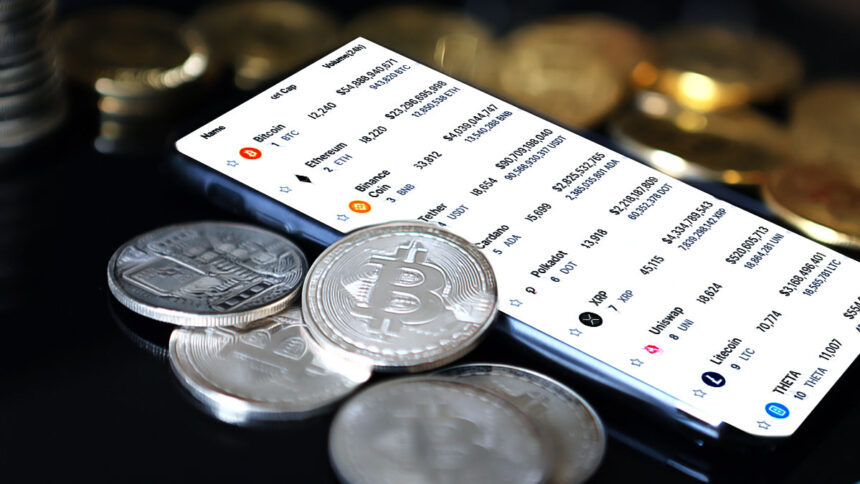Tokenized assets are on track to achieve an astounding valuation of $18.9 trillion by 2033, signaling significant advancements in this technology. With a forecasted average compound annual growth rate of 53%, financial entities are increasingly drawn to the efficiencies and cost reductions that tokenization offers.
What is Tokenization?
Tokenization refers to a method that enables asset ownership to be documented and transferred utilizing blockchain technology. Numerous financial institutions around the globe are eager to speed up transactions and lower operational costs through this innovative approach. Notable players such as JPMorgan and BlackRock are engaging in substantial initiatives aimed at improving market efficiency.
What Challenges Hinder Widespread Adoption?
Despite its promise, the adoption of tokenized assets faces significant hurdles. Key barriers include fragmented infrastructure, difficulties with platform interoperability, inconsistent regulations in various jurisdictions, a lack of uniform custody systems, and poorly defined smart contract standards. Moreover, limitations on asset trading and the absence of established delivery versus payment protocols further restrict potential efficiency improvements.
Tokenization offers various applications, including managing government bonds and short-term financial instruments through digital wallets. This capability could enable companies to better utilize surplus cash. Additionally, increased transparency and traceability are anticipated in areas such as private credit and carbon markets, facilitating a gradual transition to more complex financial products.
Significant savings are being observed in sectors like bond issuance, real estate funds, and collateral management due to more rapid and cost-effective transactions facilitated by digital infrastructure. These advancements are pivotal in driving sector growth.
Martijn Siebrand from ABN AMRO emphasized the readiness of technology, evolving regulations, and existing use cases in the market, which all support the potential of tokenization.
However, regulatory differences across regions present challenges. While strong legal frameworks exist in areas like the European Union and Switzerland, clarity remains elusive in other significant markets, necessitating local adjustments in infrastructure for international transactions.
Tokenized financial assets may lead to lower transaction costs and improved processes, though achieving regulatory compliance and effective technological integration remains critical. With the resolution of existing issues, notable market growth is expected in the near future. Observing ongoing changes in infrastructure and regulations will provide valuable insights into risks and opportunities in this rapidly evolving domain.







